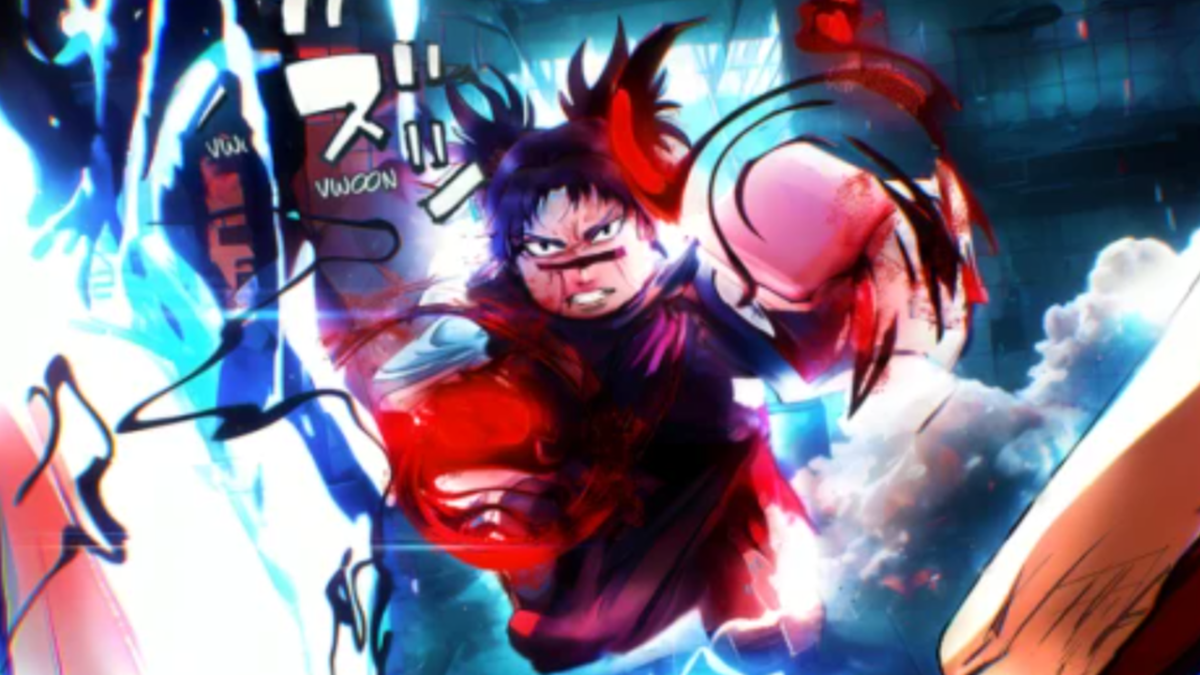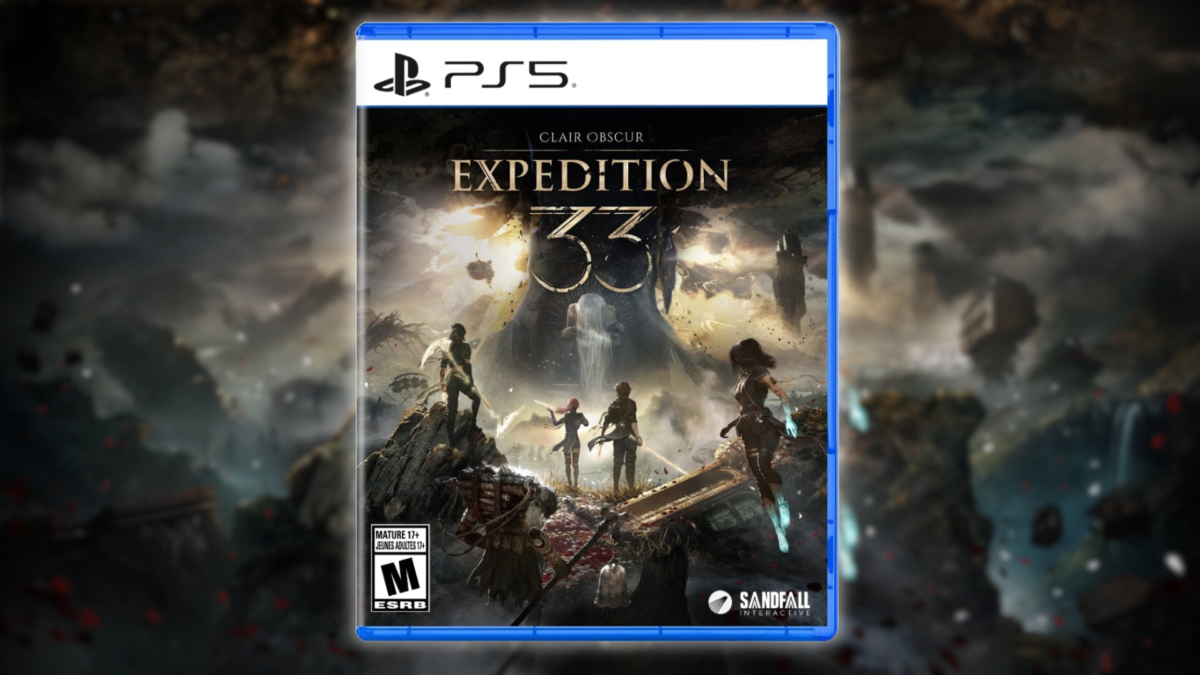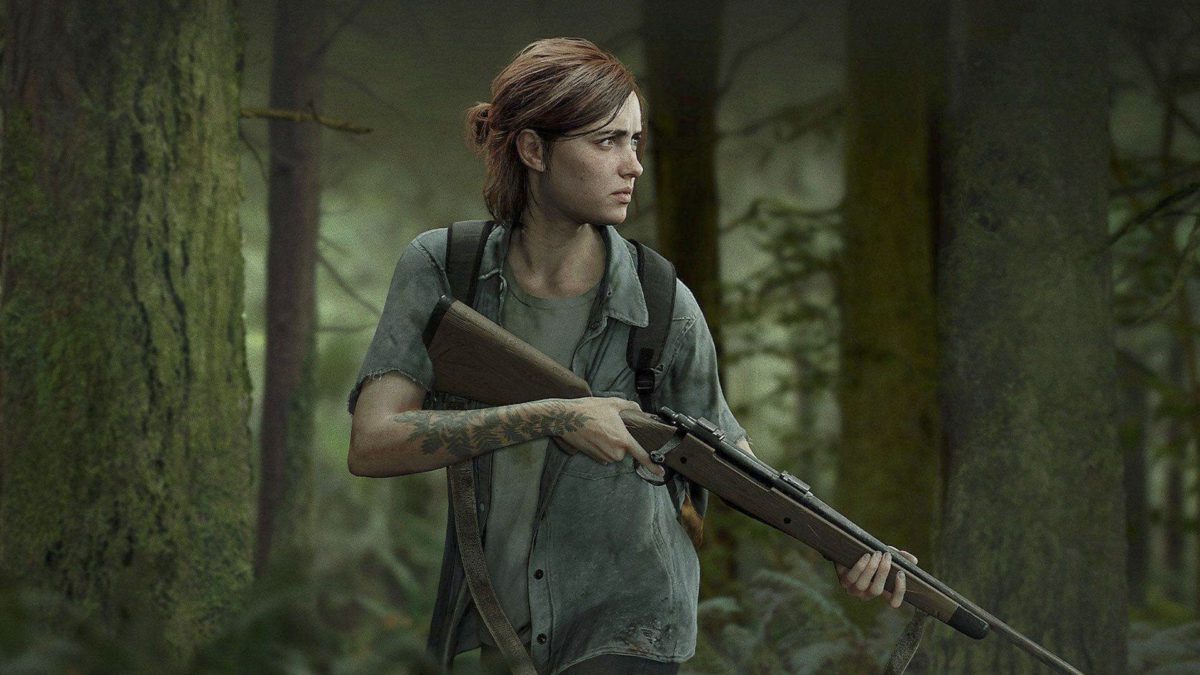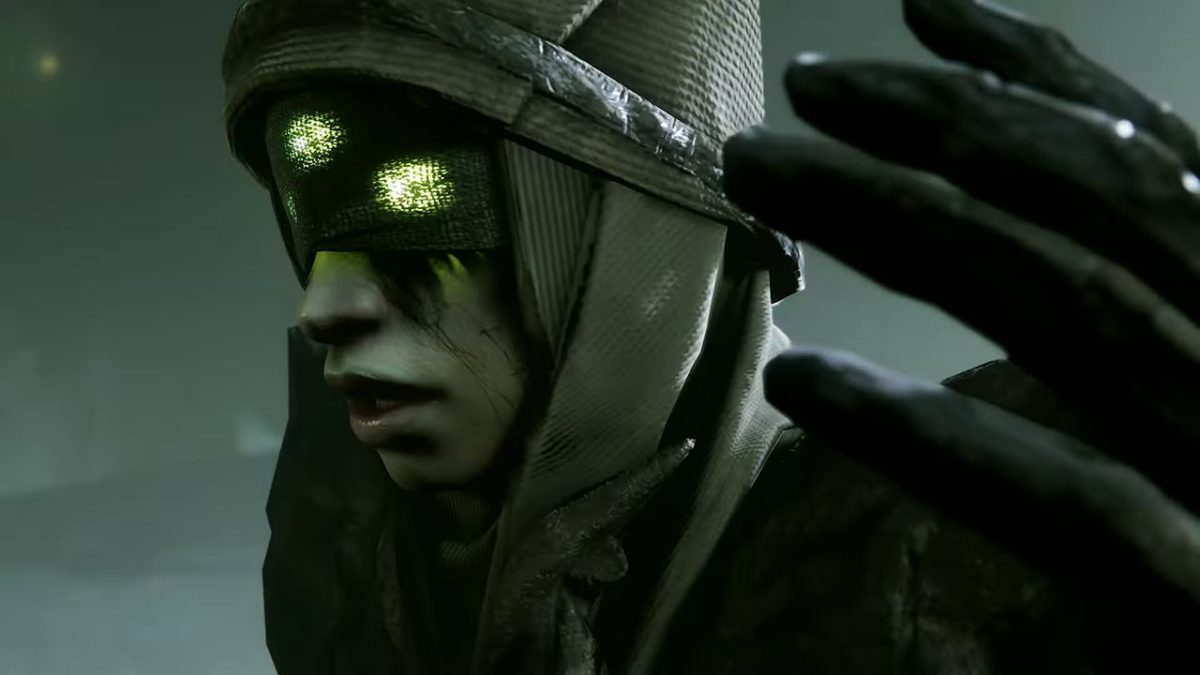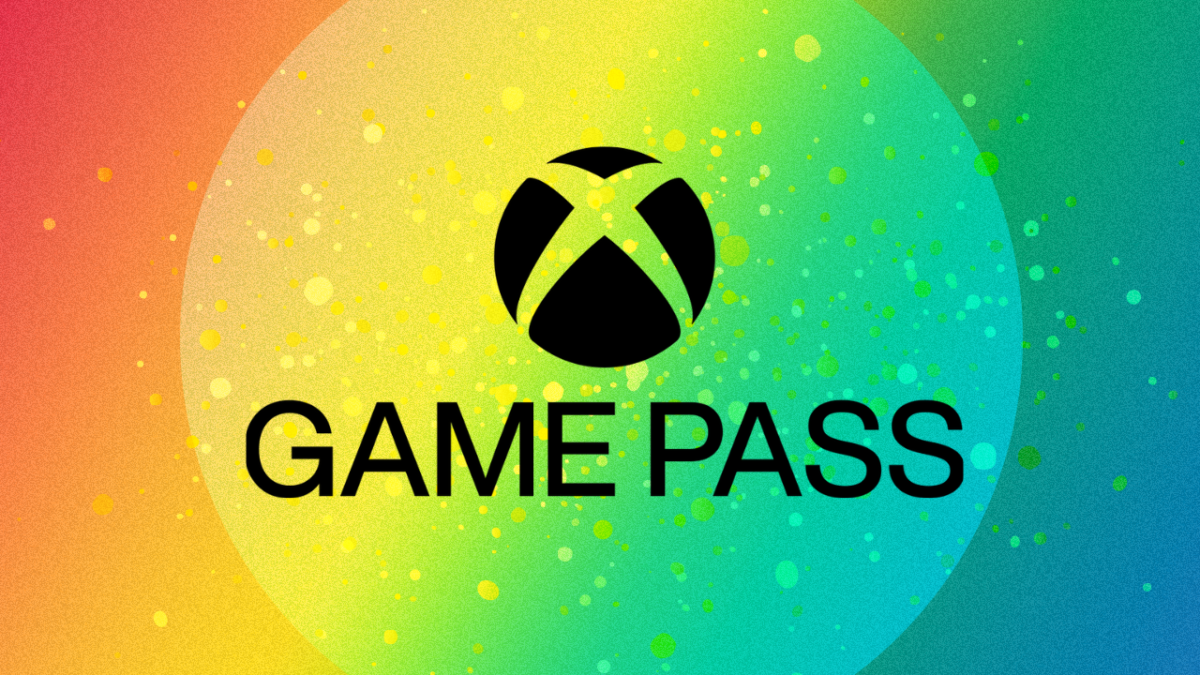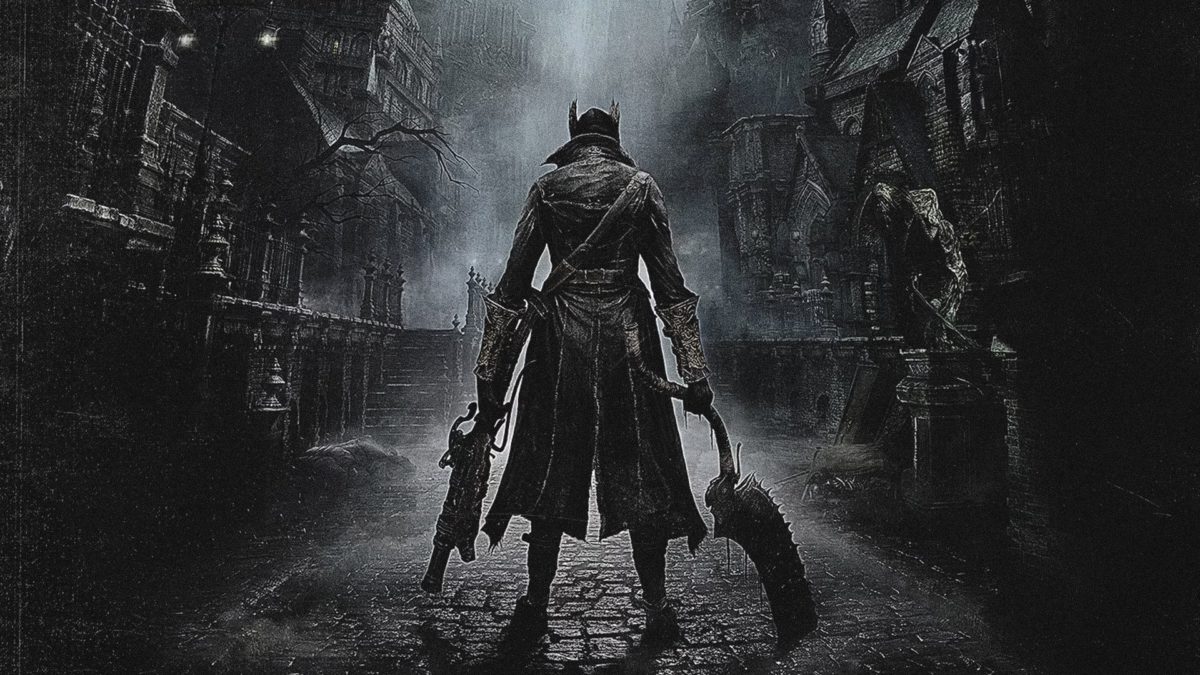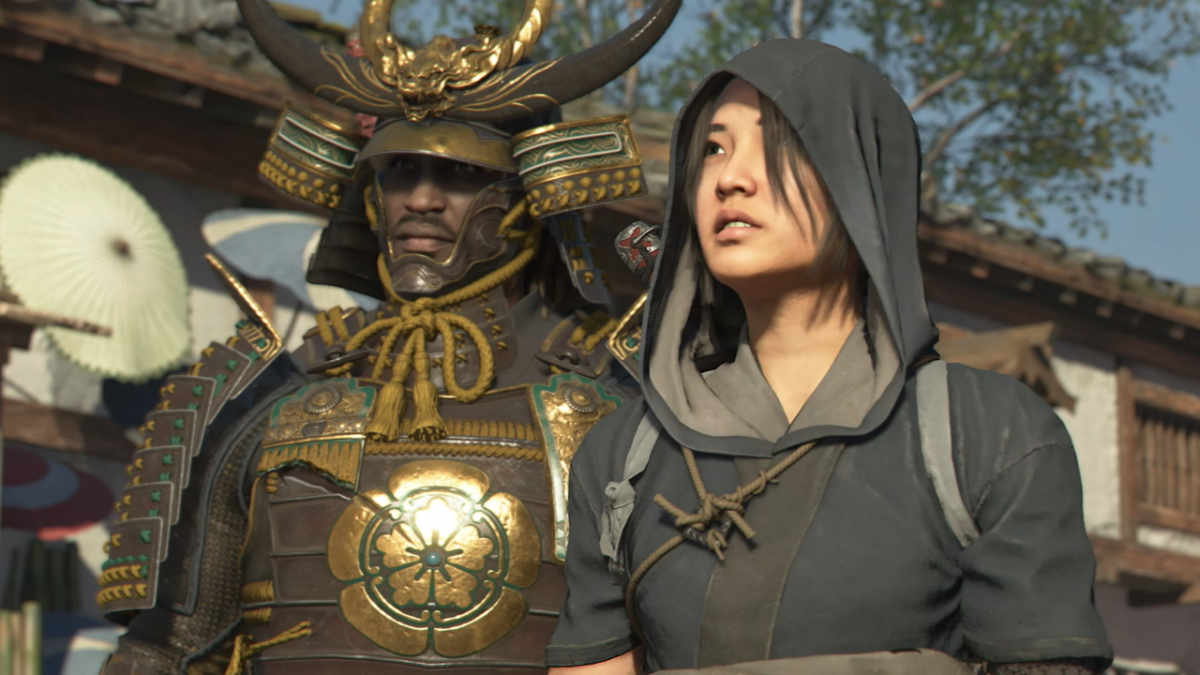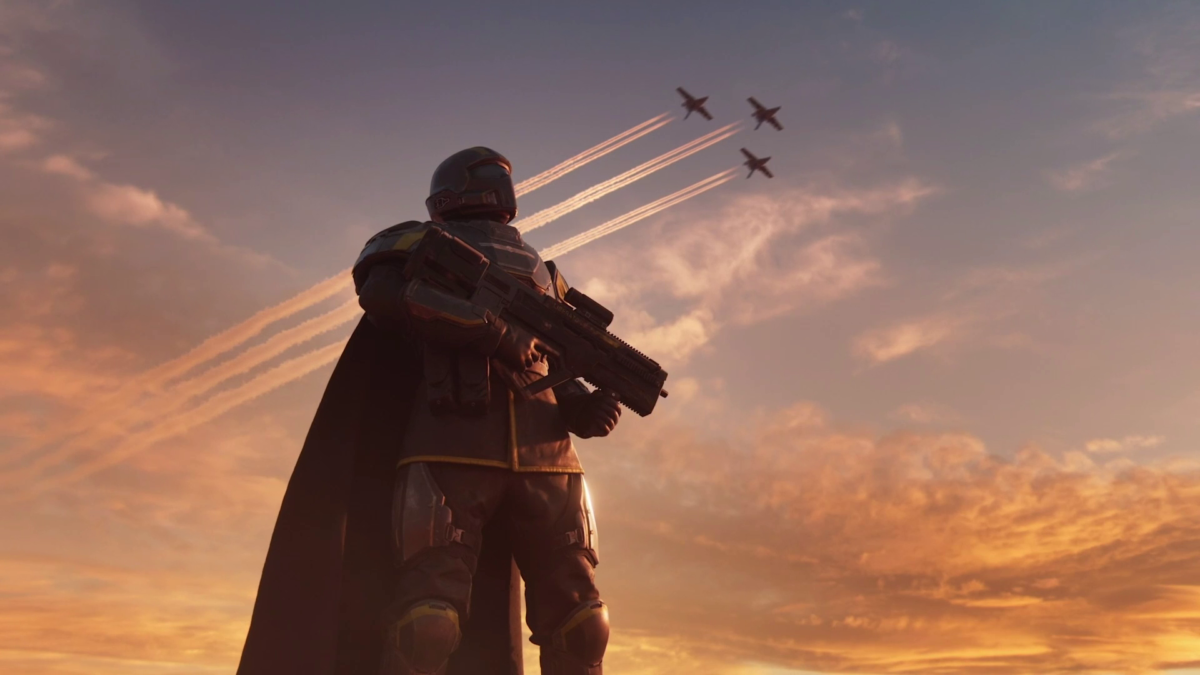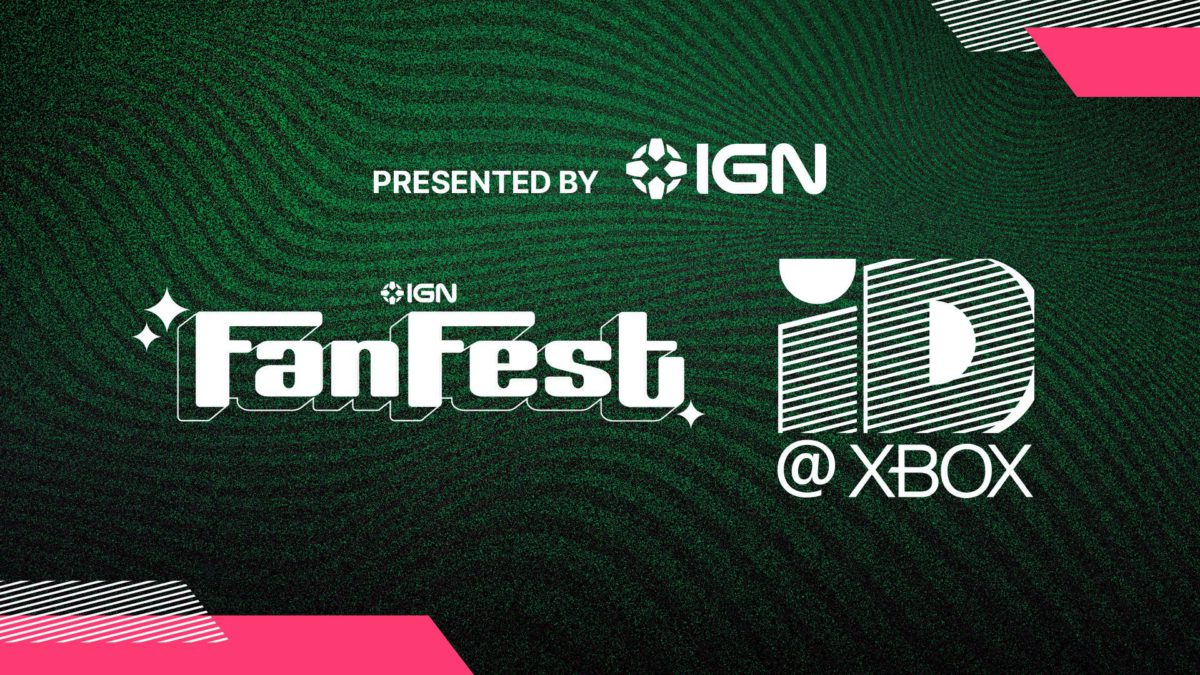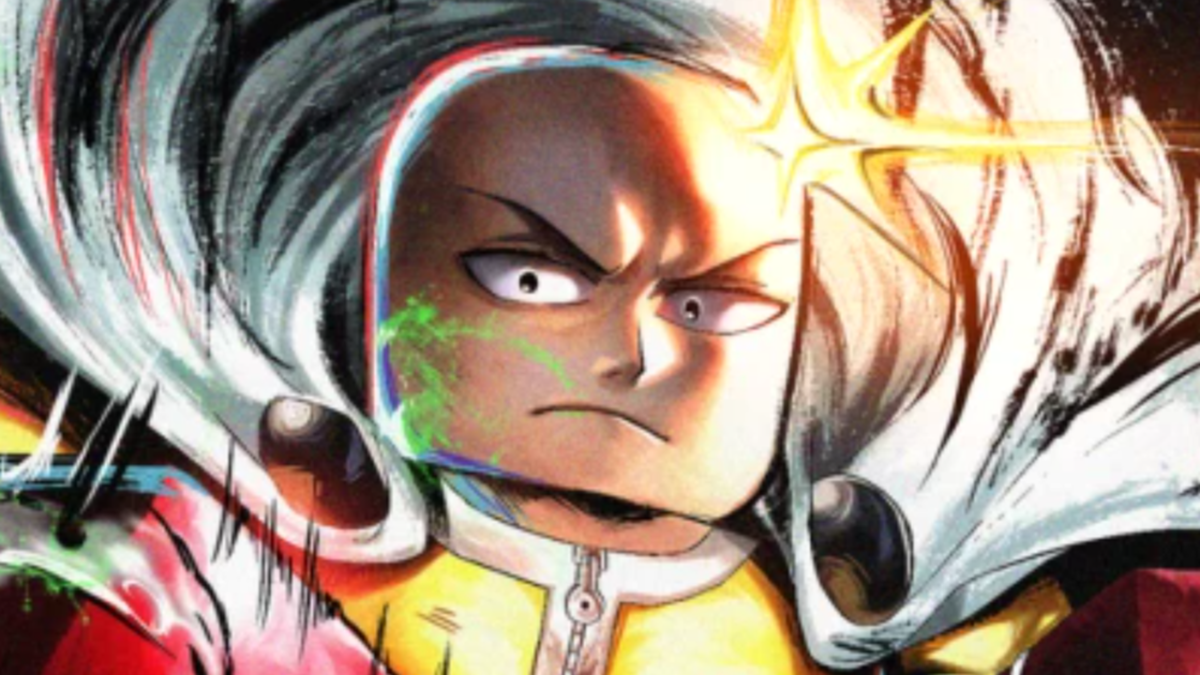
Anime Vanguards update 3.5 is here with four new units, multiplayer functionality for boss rush, a starting questline, and a collection of bug and quality-of-life adjustments for Roblox players.
Developer Kitawari unveiled everything in its Fate Boss Event patch notes, pulling back the curtain with even more changes following the arrival of update 3.0 late last month. Topping the list of new content are four units – Sokora, Saber, Lilia, and Isdead – which can be found across different in-game challenges. There’s also a Saber boss event, which comes with its own rewards, including two Secret units, trait rerolls, gold and gems, and more that you’ll have to log in to see for yourself.
The Boss Rush overhaul includes multiplayer functionality for Roblox players looking to take on challenging tasks with friends, as well as normal and elite difficulty modes, tournament support, and boss event cycle changes. The Anime Vanguards Sand Village map has also gotten a full-on facelift that gives it a new design and enhanced visuals, and Worldlines have been reset, with additional resets coming every .5 update. Another new feature is one Kitawari says it added to address fan feedback: a starting player questline.
“We’ve acknowledged how overwhelming the early game may be for our new players,” Kitawari said. “To help with this, all new players will be greeted with a uniquely created questline which will guide them through the various elements of the game, and reward them with a Mythic Vogita Super upon quest end to start their journey in Anime Vanguards! We intend to create a great experience for all, and will continue looking into the various ways we can improve the gameplay for new as well as returning players alike in future updates.”
Anime Vanguards update 3.5 brings plenty to keep players fighting off waves of enemies, but it’s only Kitawari’s latest content delivery. Last month, the team rolled out update 3.0, which focused on more winter-themed goodies to enjoy but also introduced a brand-new lobby and the Portals game mode. These changes and more are here to bolster the Roblox experience around the one-year anniversary of its original launch in January 2024.
There’s currently no word regarding when Anime Vanguards update 4.0 will arrive, but at this rate, players may only have to wait a few weeks to learn more. For everything else on Kitawari’s anime tower defense game, you can see all active codes here. Finally, you can see the full update 3.5 patch notes, below.
Anime Vanguards Update 3.5 Patch Notes
Fate Boss Event
Features
– NEW! 4 NEW UNITS!
This update is coming out with 4 new units! These units will be found in:
- New Boss Rush
· Sokora, Sokora (Angra Mainyu)
- New Secret Evolution
· Saber (Alternate), Saber (Black Tyrant)
- New Mythic Banner Unit
· Lilia, Lilia And Berserker
- New Worldlines Floor 50 Reward
· Isdead, Isdead (Romantic)
– NEW! Saber (Alternate) Boss Event
Dark Sokora and the formidable Tyrant Saber (Alternate) have appeared! Dark Sokora plans to fuse with the malevolent Angra Mainyu; do you have what it takes to stop them?
Boss Rush Rewards Include:
- 2 New Secret Units
- Trait Rerolls
- Gold & Gems
- … and more!
How to Obtain Saber (Alternate)
You can obtain Saber (Alternate) by placing a Saber (King Of Knights) unit next to the A.W.E Boss that remains stationary at enemy spawn. The A.W.E Boss will spawn at Wave 15, and Wave 25, staying for 5 waves each time.
Upon Unit Placement or Boss Spawn, all Saber (King Of Knights) units within range will become “corrupted” and transform into Saber (A.W.E.), with the interaction having a small chance of dropping the Saber (Alternate) unit, up to a maximum of 3 tries per match (up to 6 while using the Saber Servant Mechanic).
Servants Mechanic
Bring forth a fabled figure of choice to assist you in battle – each Servant offers unique mechanics, so be sure to read their ability descriptions with care, some may be better suited for your team than others.
– Unlocking Servants
The powerful Berserker Servant is available for free, while the others must be purchased using the servant’s corresponding unit’s evolution item. Once acquired, they are permanently available for use in battle. Choose carefully, or acquire them all and unleash their power!
– Command Seal Activation
You can Activate or Empower your chosen Servant’s mechanic up to 3 times by pressing the red Command Seal button near the inventory. Use them wisely to turn the tide of battle!
– NEW! Boss Rush Overhaul
We’ve made several changes to make playing boss rushes much more fun and meaningful! These include:
- Multiplayer Functionality
You’re now able to play Boss Rush with your friends, or alternatively use Public Matchmaking to join other players from across the world!
- Normal & Elite Difficulty
We have split Boss Rushes into two separate difficulties, “Normal” which is a CO-OP gamemode that does not have access to tournaments, as well as an “Elite” Solo gamemode for those of you looking for a challenge, and to gain access to the Elite Tournament.
- Elite Tournament
You’re now able to participate in the Boss Rush Tournaments which will reset alongside the boss rush cycle. Aim to clear the Event in the least time possible, and compete against other players in your local bracket!
Be careful when the bosses spawn–the waves automatically and immediately skip whenever the boss is alive!
- Boss Event Cycle Changes
Along with boss events cycling, your boss event currency of that cycle and boss event stock will now also reset! We will most likely include evolution items and other important items to the legacy shop, making your legacy tokens more valuable and immune to cycle resets.
– NEW! Public Matchmaking
You’re now able to find matches with players to play your favorite game modes regardless of what server they are on through our brand new Public Lobbies system!
To join others, simply press the “Public Lobbies” button within the “fractures” UI and select any of the player hosted matches there.
To host your own match, press the “Create Match” button instead, and then press the “Find Match” button within the stage you have selected.
– NEW! Worldlines Reset
All players have been reset to Floor 1, and Soburo is no longer obtainable.
However, all the corresponding floor rewards have now returned, with Isdead replacing Soburo as the new Floor 50 reward.
As previously announced in the Discord server, Worldlines will reset every X.5 update, with the next reset planned for Update 4.5.
– NEW! Sand Village Remake
The sand village remake has finally arrived, featuring entirely brand new designs and enhanced visuals! As one of the last remaining original maps from release, this overhaul finally brings it up to the standard of our latest maps. We hope you enjoy exploring the new and improved Sand Village map as much as we do!
– NEW! Starting Player Questline
We’ve acknowledged how overwhelming the early game may be for our new players. To help with this, all new players will be greeted with a uniquely created questline which will guide them through the various elements of the game, and reward them with a Mythic Vogita Super upon quest end to start their journey in Anime Vanguards!
We intend to create a great experience for all, and will continue looking into the various ways we can improve the gameplay for new as well as returning players alike in future updates.
Changes & QoL
- Added a visual timer when a unit gets stunned
- Added Visual Indicators for Enemy Spawn & Friendly Base/End Of Path during the voting phase
- Worldlines Leaderboard incorrectly had the same rewards as tournaments, this has now been fixed to match the other global leaderboards
- An In-Game Elemental Reactions table has been added, making figuring out what each reaction does easier than ever! Furthermore, it comes with a “Show Only Elements In-Match” setting, which when on, will only show the reactions that can happen between your units and the enemies
- You can now delete multiple portals at once
- We’ve heard your requests! Sukuno now applies bleed up until upgrade 9, which is then replaced by burn (this is unrelated to the plans stated in Sub Announcements on our server)
- Added Amount Sliders for purchasing items or summoning units
- Increased game start time from 30 to 60 seconds. This helps players who take a longer time to load in, need more time to strategize and change their lineup, or just want to look around the map!
- Added a “NEW” flair to recently obtained units, which goes away after interacting with them, in order to make newly-obtained units easier to spot
- Added “NEW!” text next to world markers in areas where new major content has been added
- Slightly revamped the Unit Traits Index UI, to easier tell what each trait does at a glance.
- Unit circle indicators now change to purple when a unit is maxed.
- The opening animation for windows is now smoother.
- Added Sasori viewmodel to the Pass icon
- Added background frames to all stat previews when hovering over units
… and more!
Bug Fixes
· Fixed Valentine (AU) clones costing Yen to place
· Fixed Rogita 4 (Super) also taking money for his clone, effectively doubling his placement cost
- Emmie & Emmie (Ice Witch) no longer freeze friendly summons
- Fixed Sosora missing a cosmetic on both the Shiny and Non-Shiny variants.
- Fixed Padoru familiar buffs stacking
- Fixed being able to buy a mount more than once in shop
- Fixed being able to apply the same potion effect despite already having one active. It wouldn’t stack the effect further, but would still remove all effects after the first one ends
- Fixed having ability auto-use enabled after a match ended spamming you with notifications
- Fixed Soburo’s cosmetic idle animation not looping
- Fixed +0% buffs being displayed, e.g. when Haruka Rin buffs a unit after her already being maxed
- Fixed Panda mount being very small in viewport
- Fixed an issue where mobile players were unable to change inputs in sandbox mode!
… and many more!
Michael Cripe is a freelance contributor with IGN. He’s best known for his work at sites like The Pitch, The Escapist, and OnlySP. Be sure to give him a follow on Bluesky (@mikecripe.bsky.social) and Twitter (@MikeCripe).

